When choosing the coating for your pipeline it is crucial that you choose the right one. It can affect the lifespan and operational efficiency.The main job of the external coating is to act as a barrier that protects the pipe from its environmental surroundings. It is used as one of the main methods to protect pipelines from corrosion as well as provide thermal insulation. There is a specific type of external coating that is applied to freshly welded joints called field joint to protect the delicate surface from corrosion.
Examples of pipe coating include single-layer fusion-bonded epoxy (FBE), dual-layer FBE and three-layer polyolefin (3LPO). Single-layer FBE has been used since 1960 as an effective corrosion-resistant coating, and has proven performance in both onshore underground and offshore subsea environments. Dual-layer FBE was introduced in 1991 and provides additional damage resistance at low cost. 3LPO – which is comprised of a primary FBE coating, a polyolefin-adhesive or tie-layer, and a polyolefin topcoat – was introduced in Europe in the 1980s and provides superior protection in harsh environments.
There can be an internal coating applied to reduce friction within a pipeline and enable smoother product transmission, this can result in increased product throughout, reduced operational costs, faster commissioning, and corrosion protection in storage. Coating a pipeline internally can also cause less wear to pigs during runs.
To provide a negative buoyancy and to counteract the effects of currents a concrete weight coating can be used.
Concrete weight coating can be used on offshore pipelines to provide negative buoyancy and to counteract the effects of currents. It usually involves a wire wrap being incorporated into a mixture of different ratios of iron ore and cement, depending on the coating thickness required. It can be applied in conjunction with other types of coatings and provides protection as well as weight.
[formcraft id=’5′ type=’popup’]Start the process HERE![/formcraft]

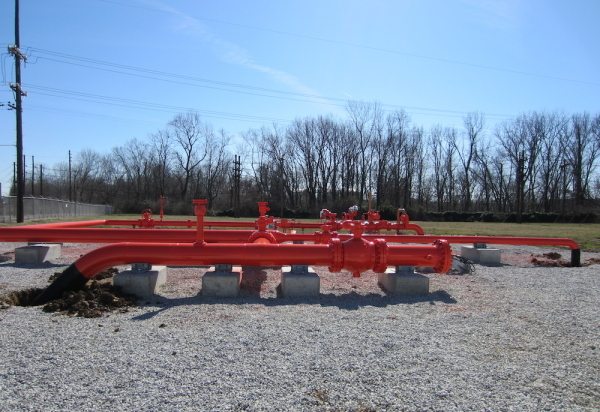
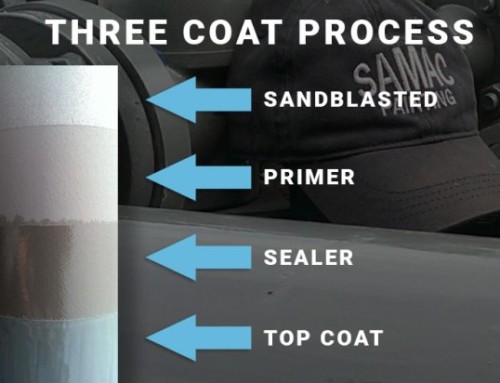
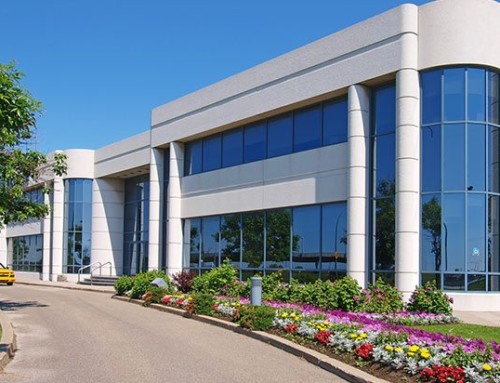
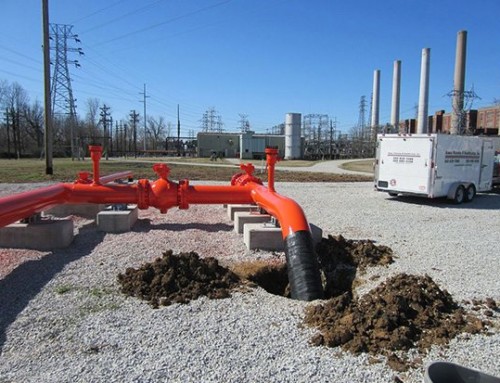
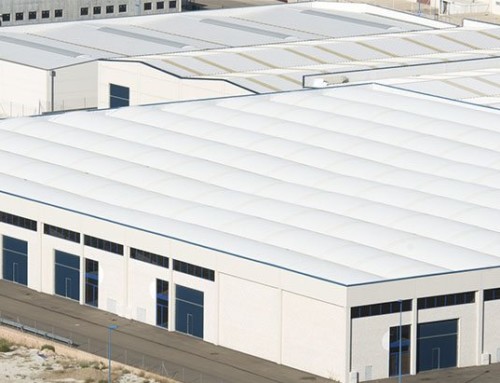
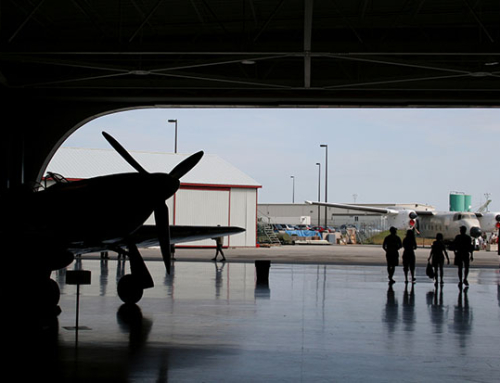
Leave A Comment